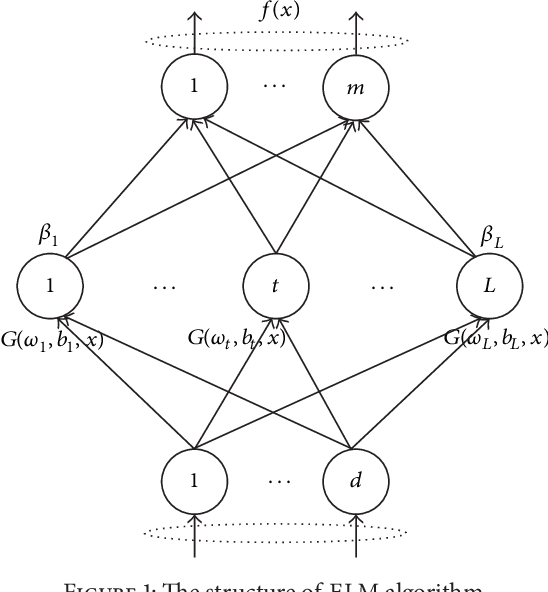Tingting Sun
HSR: L1/2 Regularized Sparse Representation for Fast Face Recognition using Hierarchical Feature Selection
Sep 23, 2014


Abstract:In this paper, we propose a novel method for fast face recognition called L1/2 Regularized Sparse Representation using Hierarchical Feature Selection (HSR). By employing hierarchical feature selection, we can compress the scale and dimension of global dictionary, which directly contributes to the decrease of computational cost in sparse representation that our approach is strongly rooted in. It consists of Gabor wavelets and Extreme Learning Machine Auto-Encoder (ELM-AE) hierarchically. For Gabor wavelets part, local features can be extracted at multiple scales and orientations to form Gabor-feature based image, which in turn improves the recognition rate. Besides, in the presence of occluded face image, the scale of Gabor-feature based global dictionary can be compressed accordingly because redundancies exist in Gabor-feature based occlusion dictionary. For ELM-AE part, the dimension of Gabor-feature based global dictionary can be compressed because high-dimensional face images can be rapidly represented by low-dimensional feature. By introducing L1/2 regularization, our approach can produce sparser and more robust representation compared to regularized Sparse Representation based Classification (SRC), which also contributes to the decrease of the computational cost in sparse representation. In comparison with related work such as SRC and Gabor-feature based SRC (GSRC), experimental results on a variety of face databases demonstrate the great advantage of our method for computational cost. Moreover, we also achieve approximate or even better recognition rate.
RMSE-ELM: Recursive Model based Selective Ensemble of Extreme Learning Machines for Robustness Improvement
Sep 23, 2014



Abstract:Extreme learning machine (ELM) as an emerging branch of shallow networks has shown its excellent generalization and fast learning speed. However, for blended data, the robustness of ELM is weak because its weights and biases of hidden nodes are set randomly. Moreover, the noisy data exert a negative effect. To solve this problem, a new framework called RMSE-ELM is proposed in this paper. It is a two-layer recursive model. In the first layer, the framework trains lots of ELMs in different groups concurrently, then employs selective ensemble to pick out an optimal set of ELMs in each group, which can be merged into a large group of ELMs called candidate pool. In the second layer, selective ensemble is recursively used on candidate pool to acquire the final ensemble. In the experiments, we apply UCI blended datasets to confirm the robustness of our new approach in two key aspects (mean square error and standard deviation). The space complexity of our method is increased to some degree, but the results have shown that RMSE-ELM significantly improves robustness with slightly computational time compared with representative methods (ELM, OP-ELM, GASEN-ELM, GASEN-BP and E-GASEN). It becomes a potential framework to solve robustness issue of ELM for high-dimensional blended data in the future.
 Add to Chrome
Add to Chrome Add to Firefox
Add to Firefox Add to Edge
Add to Edge